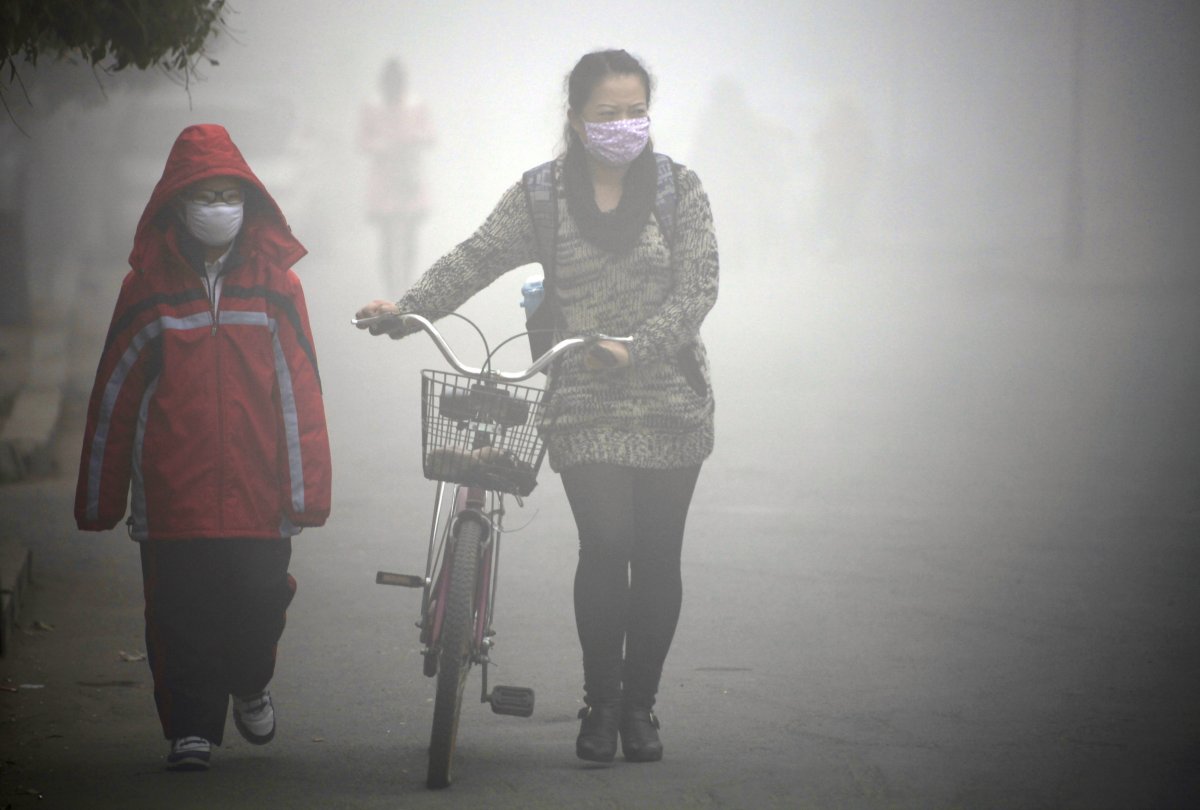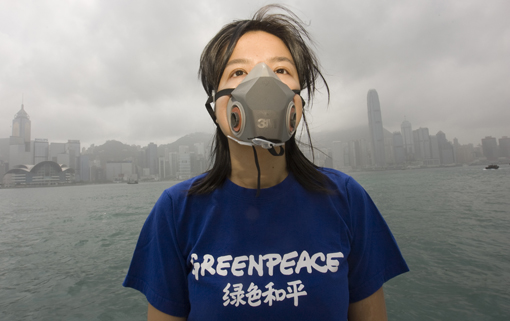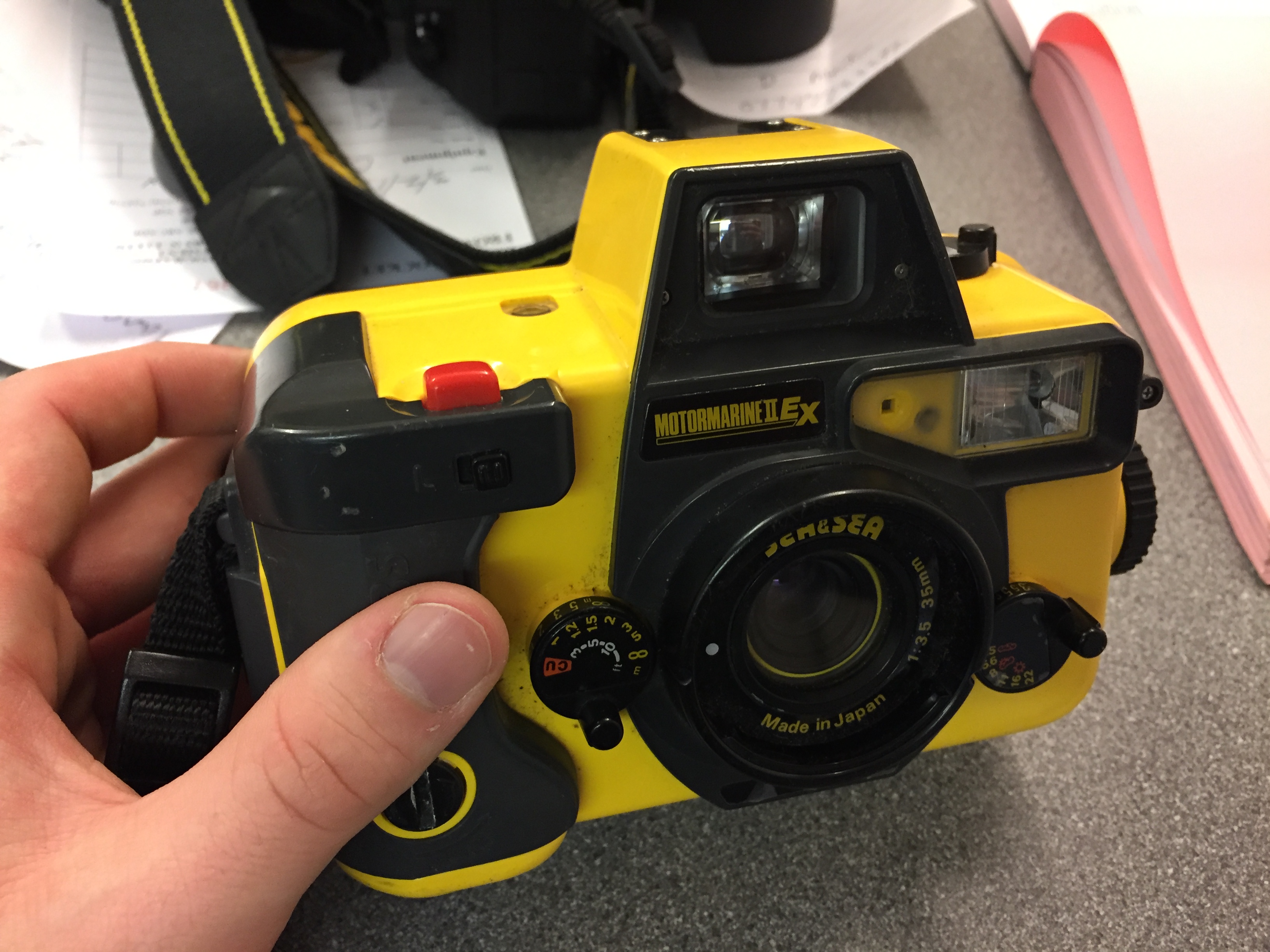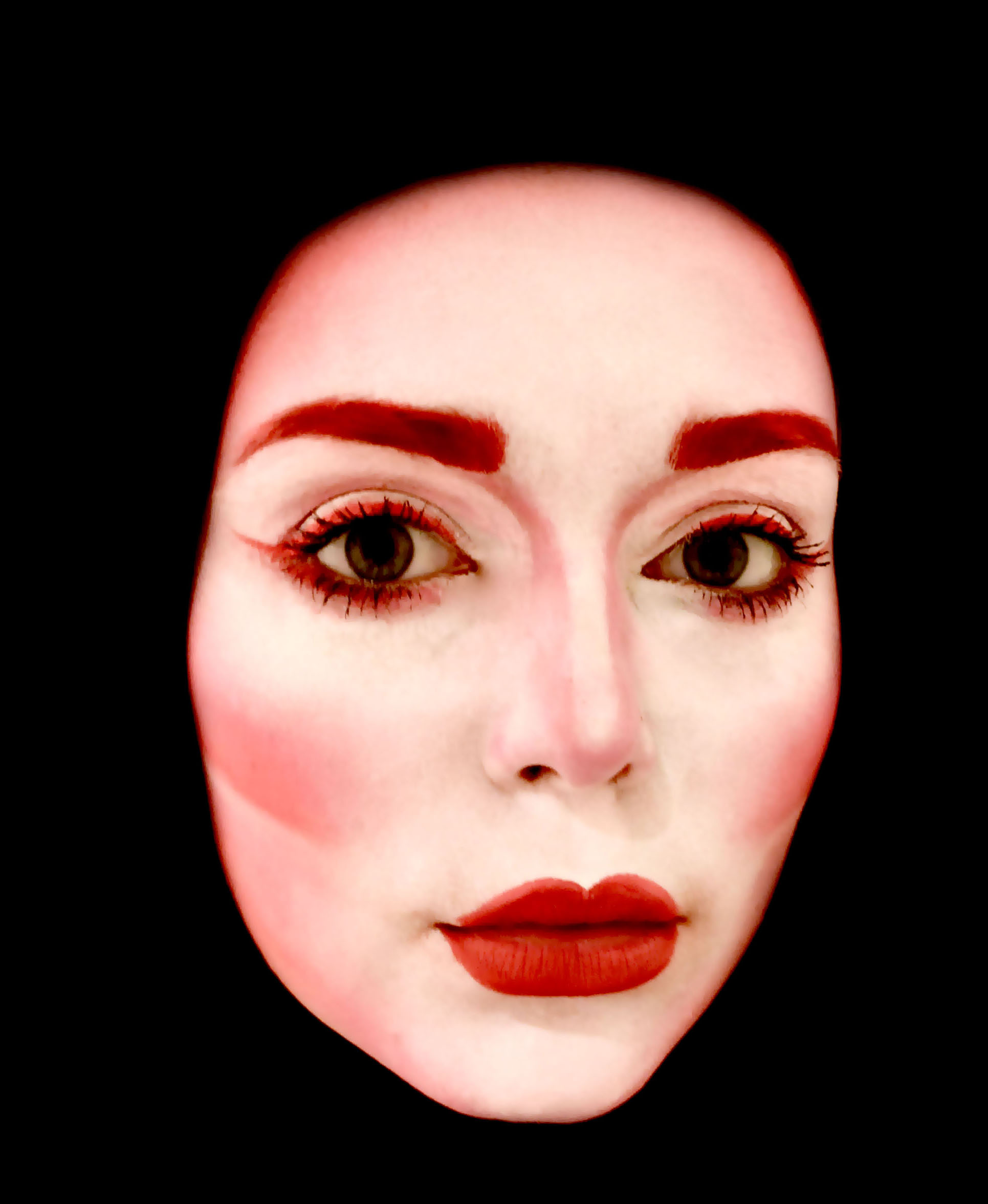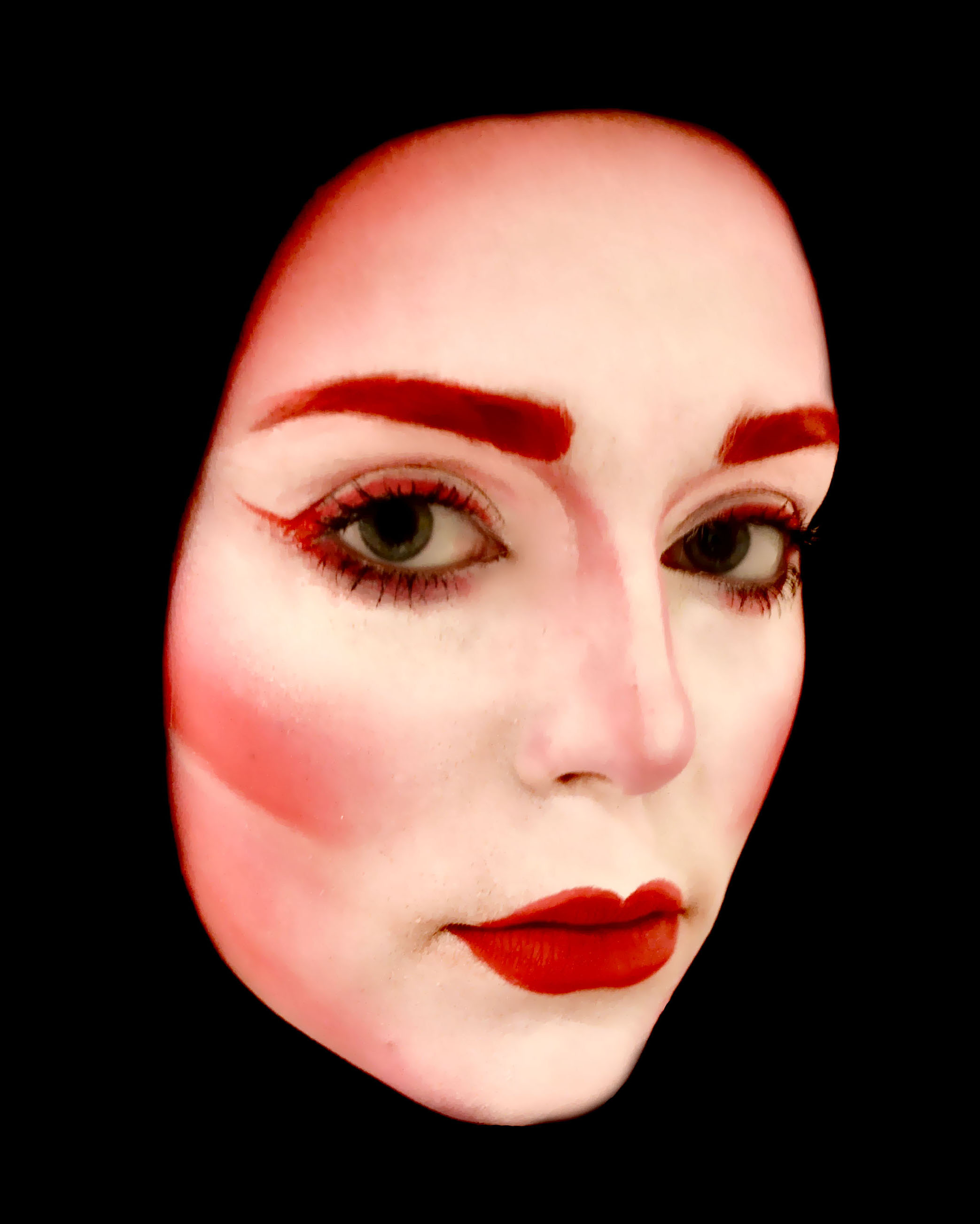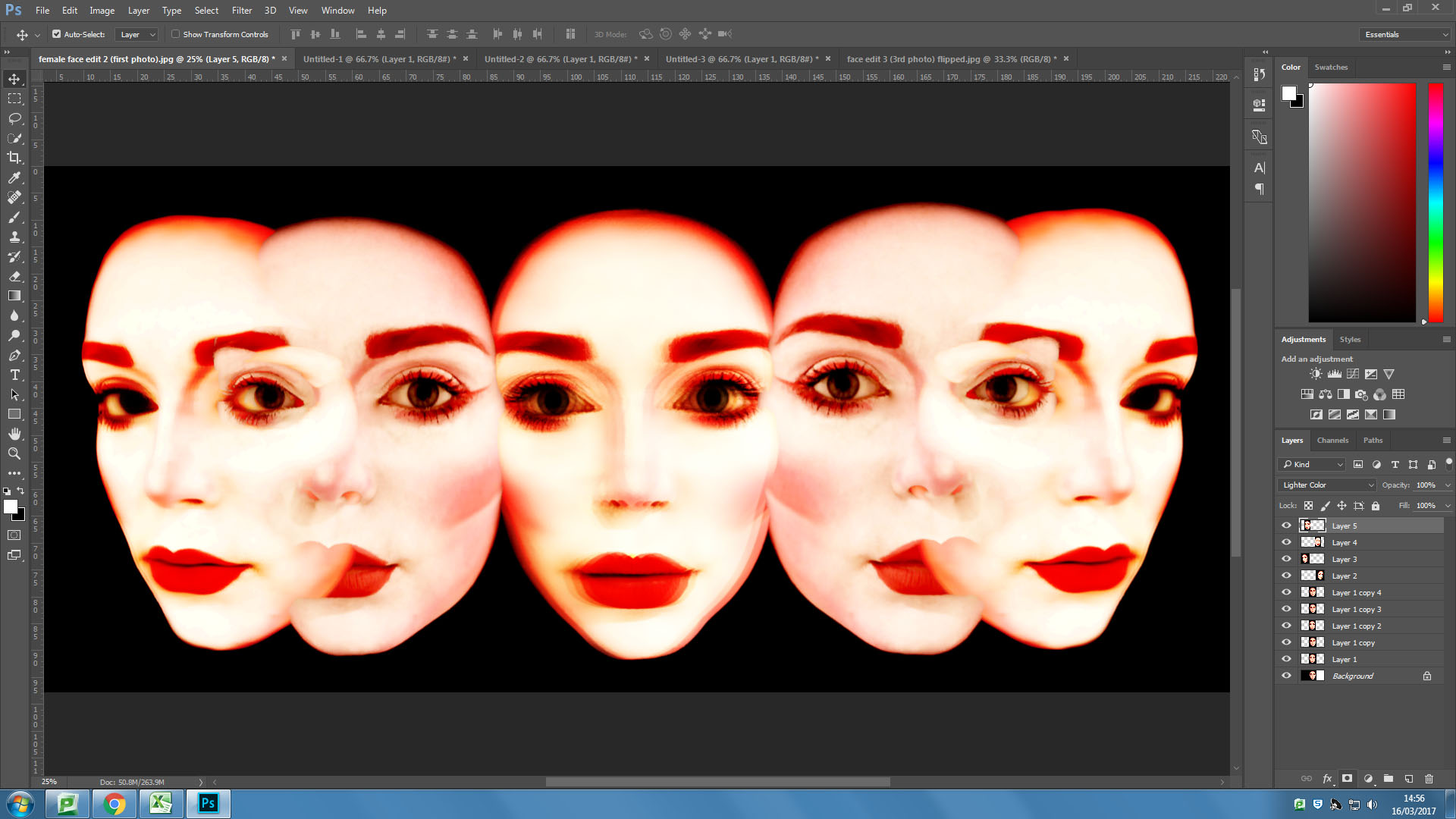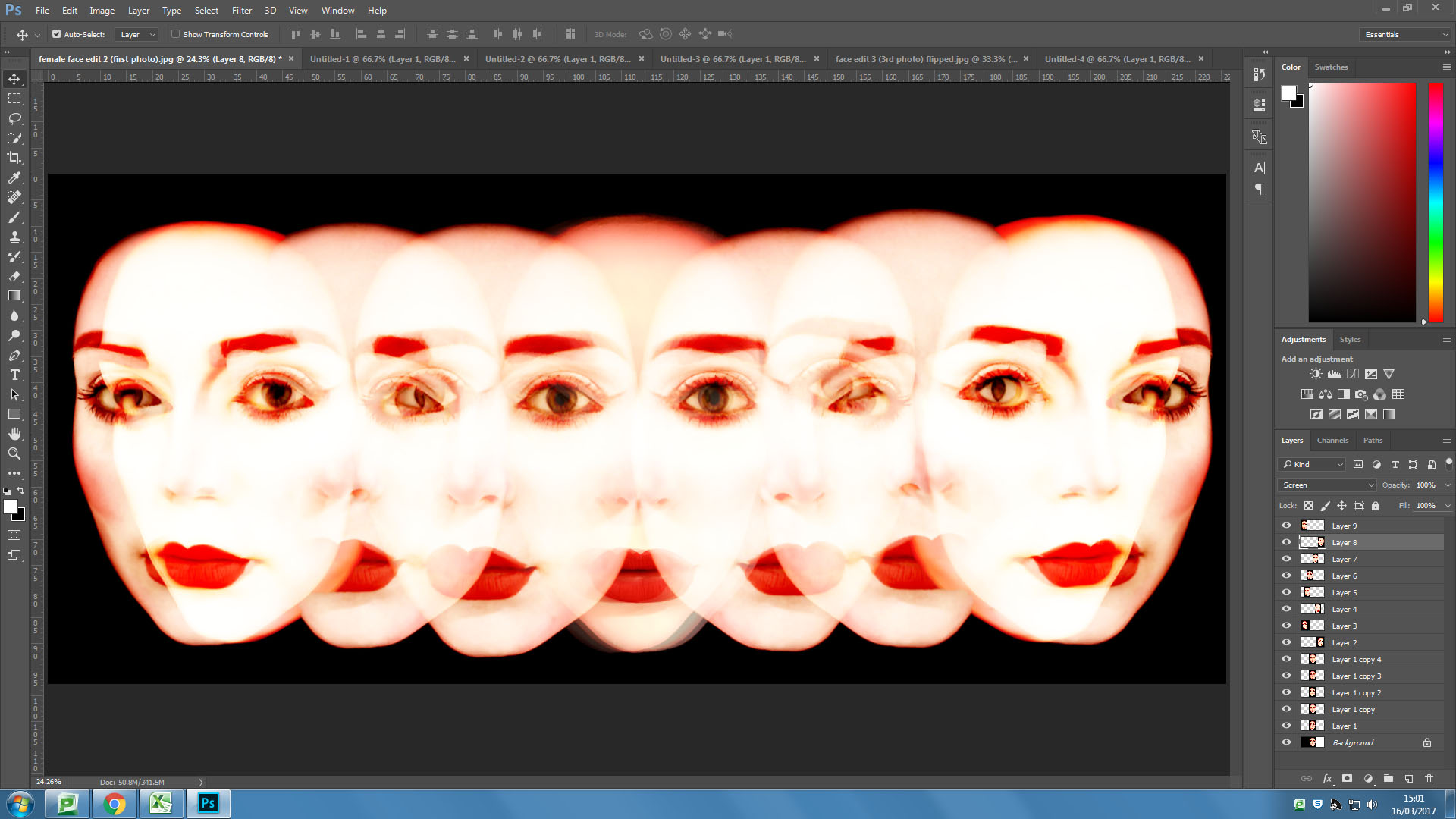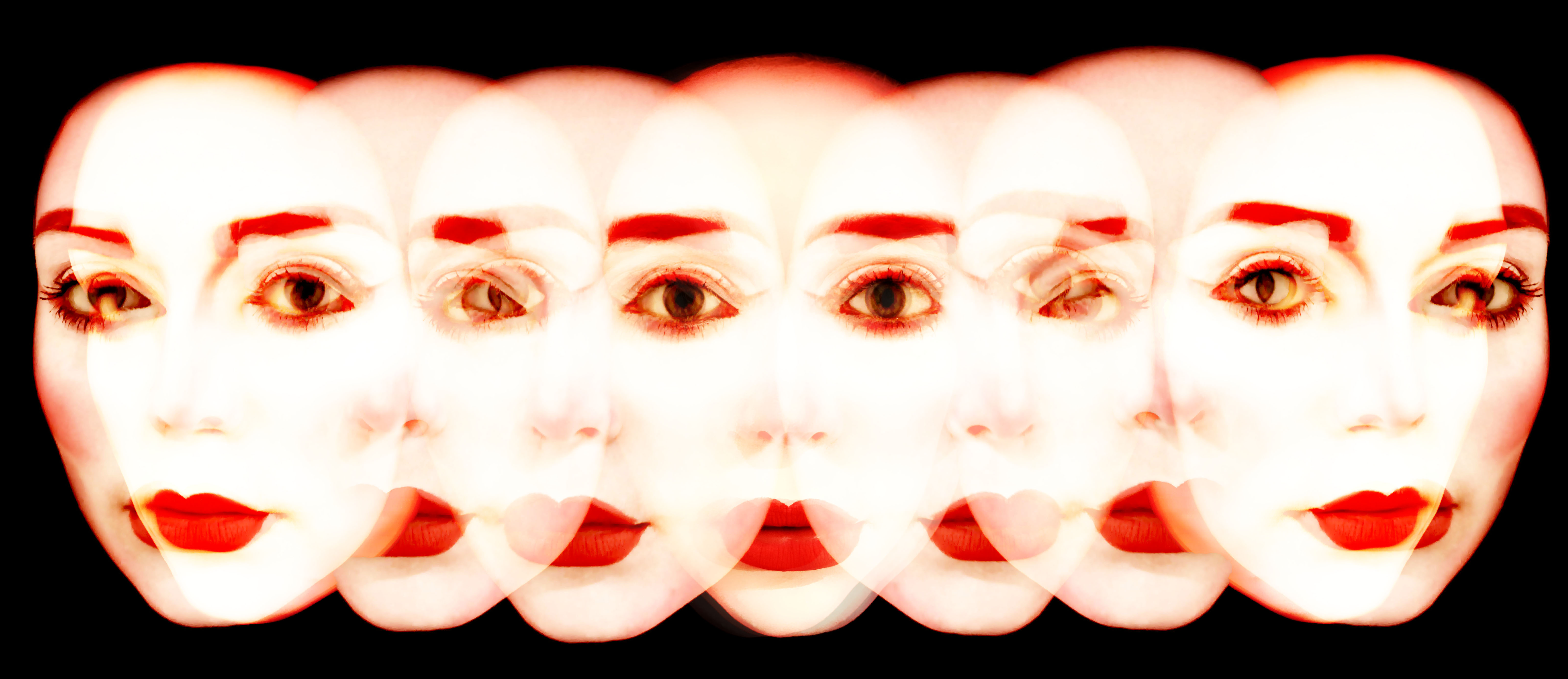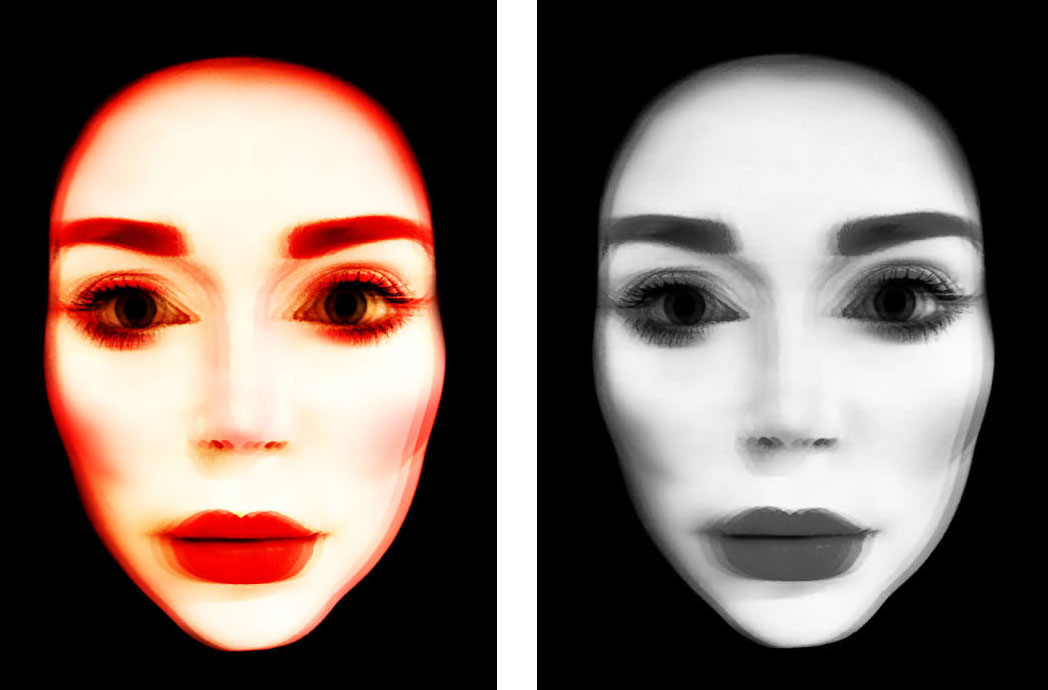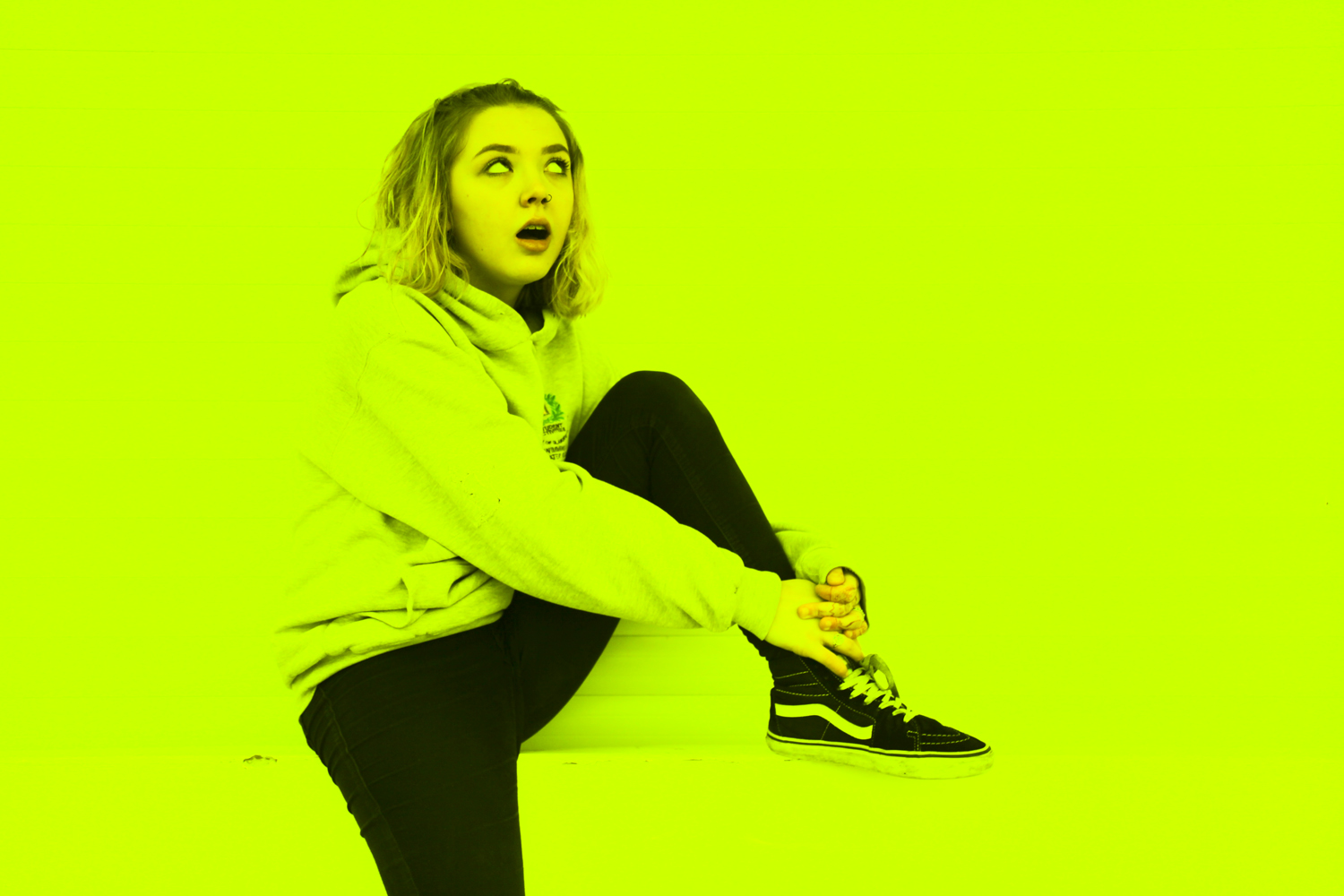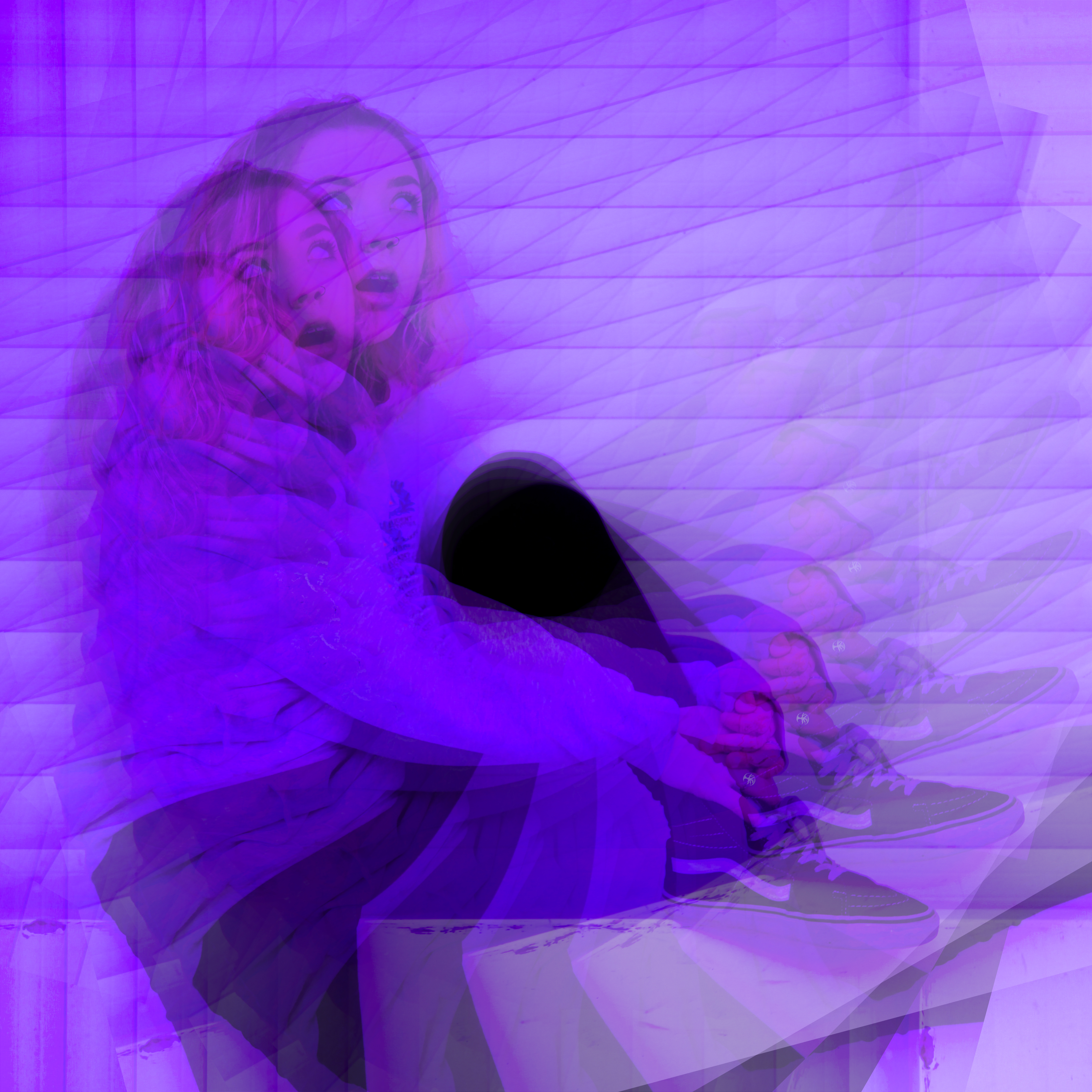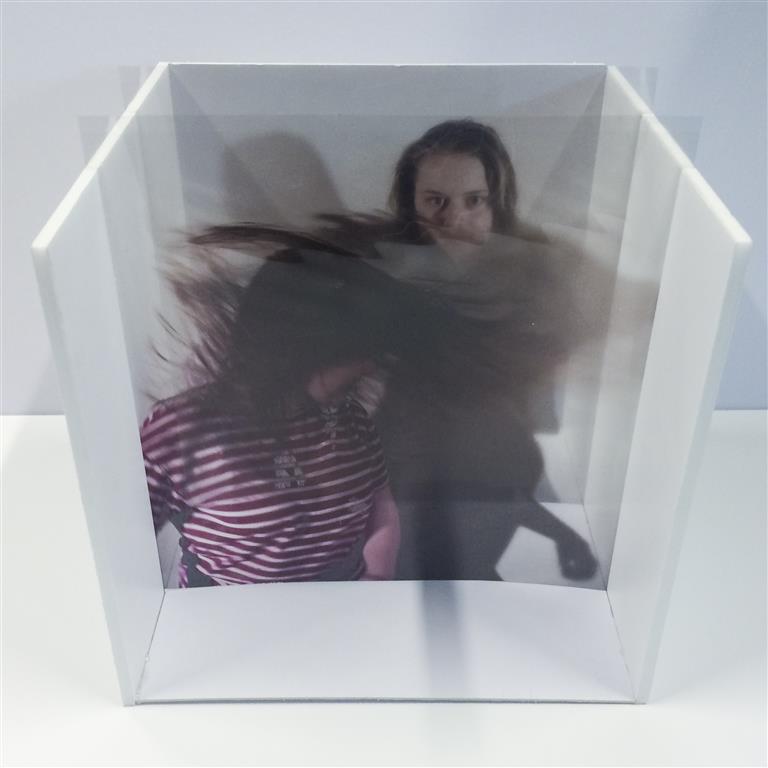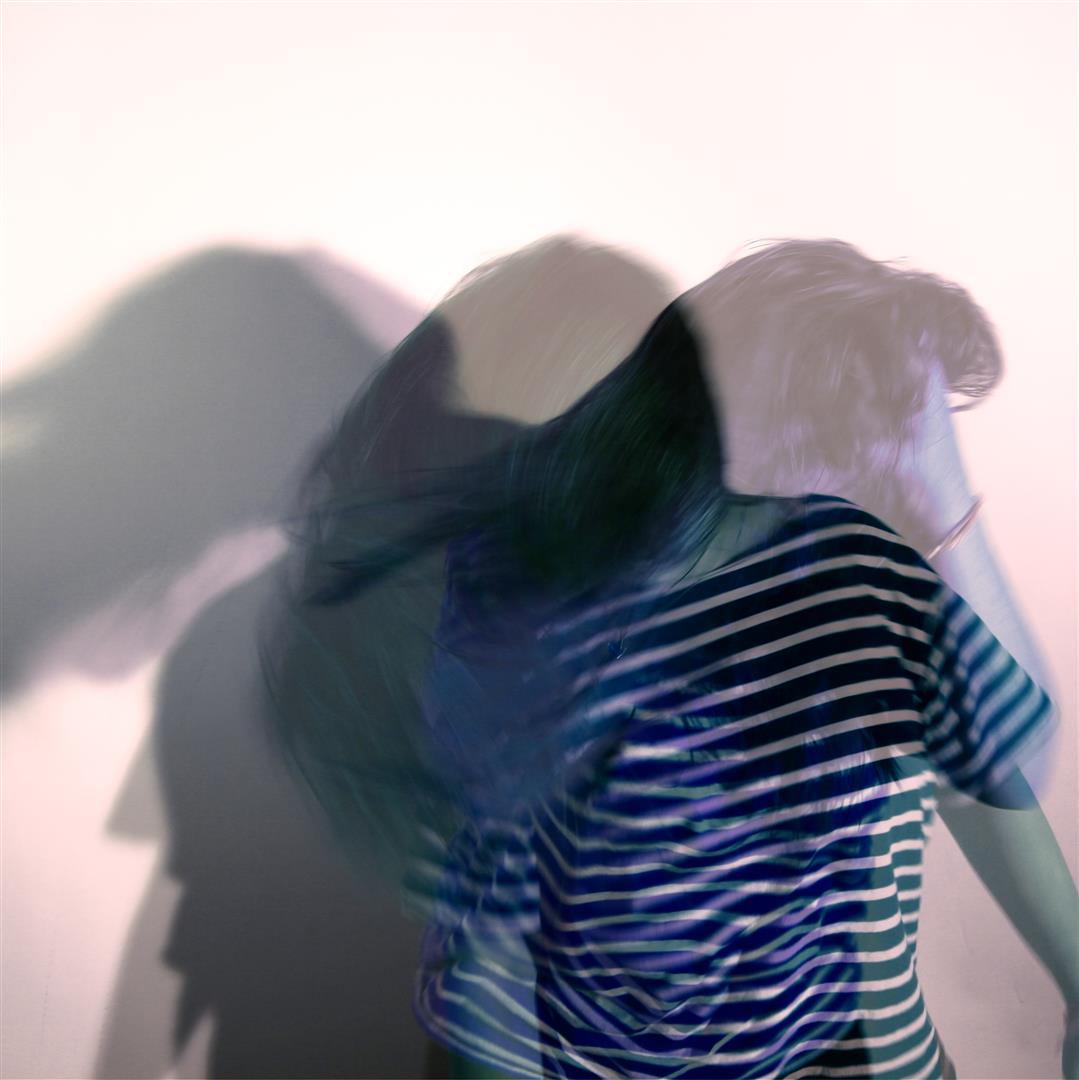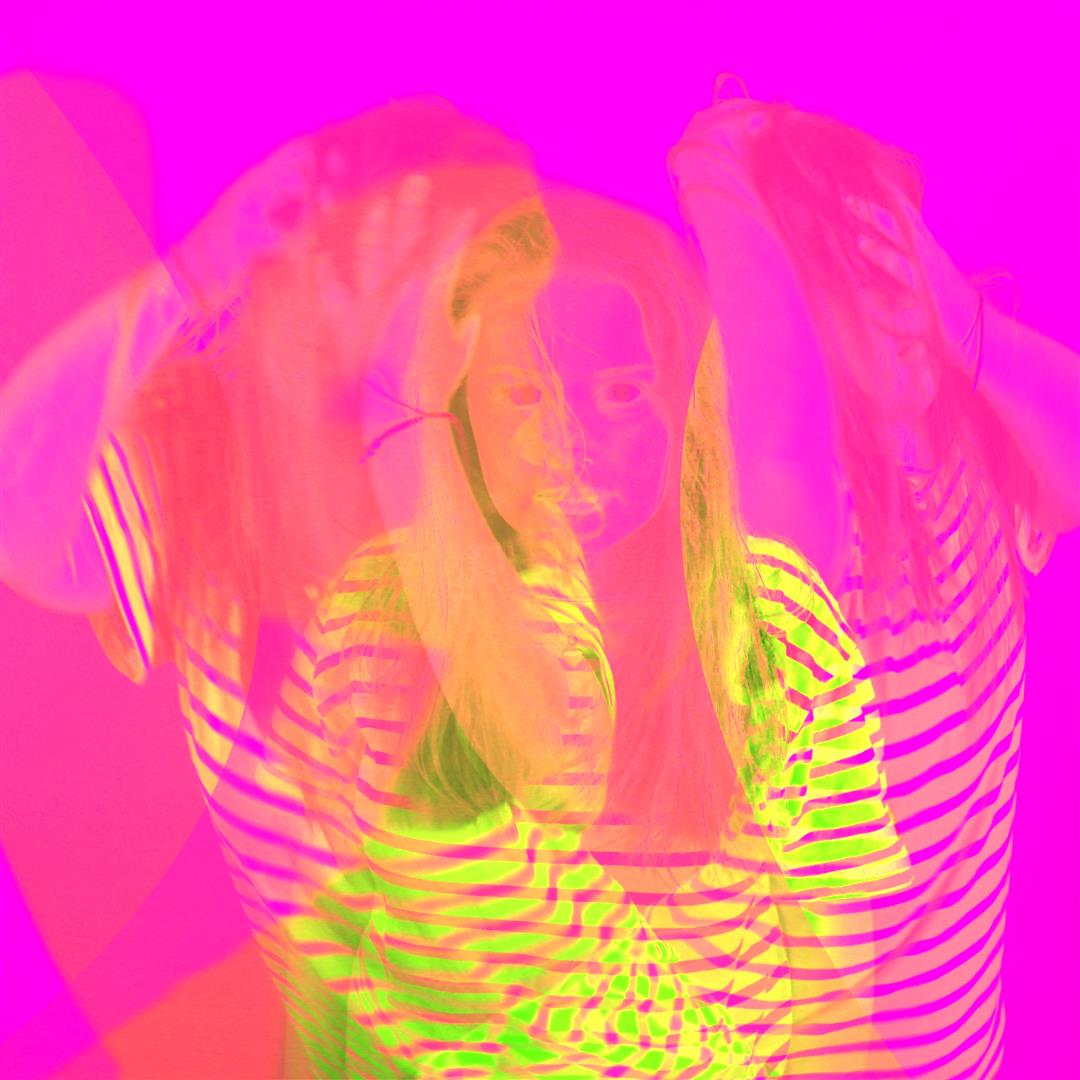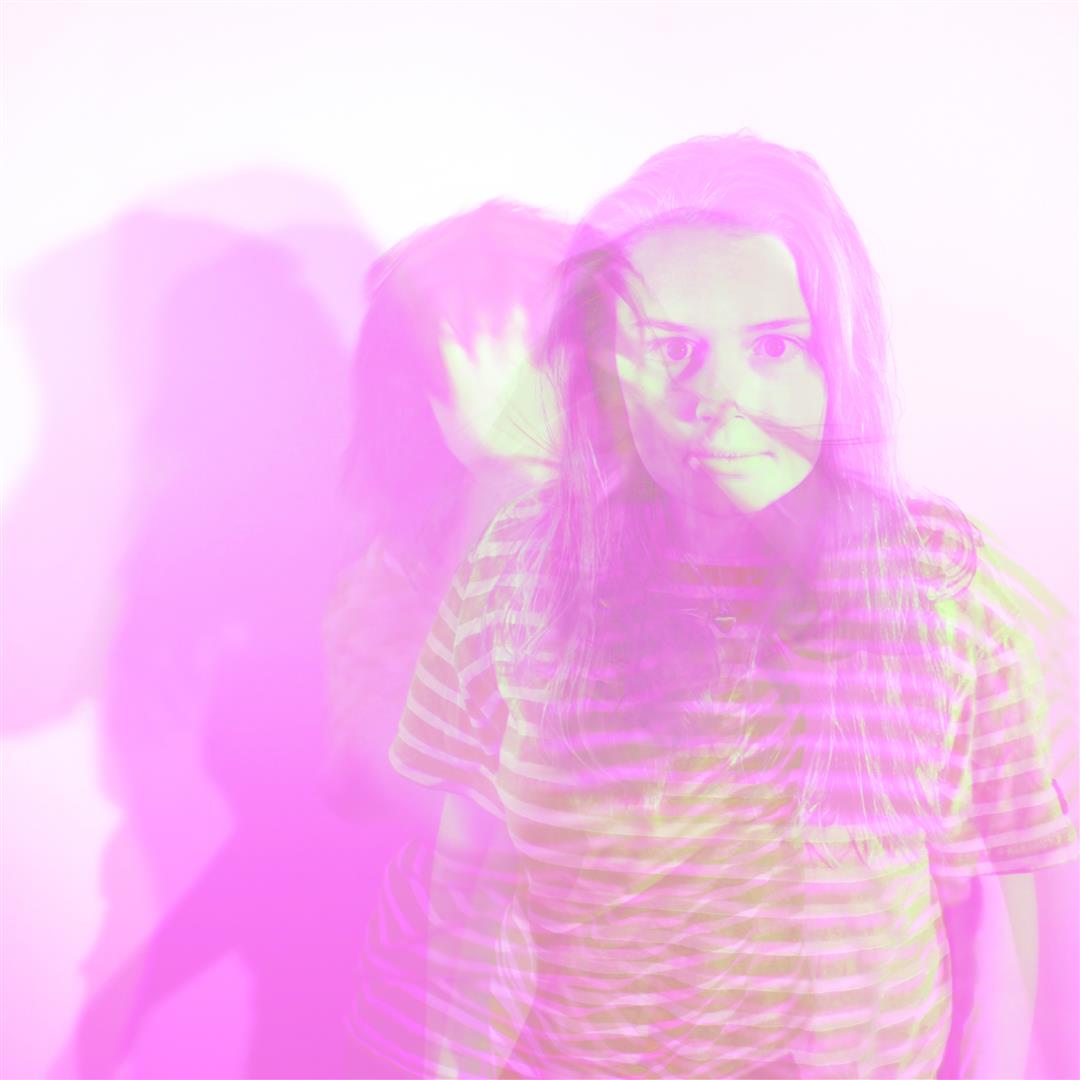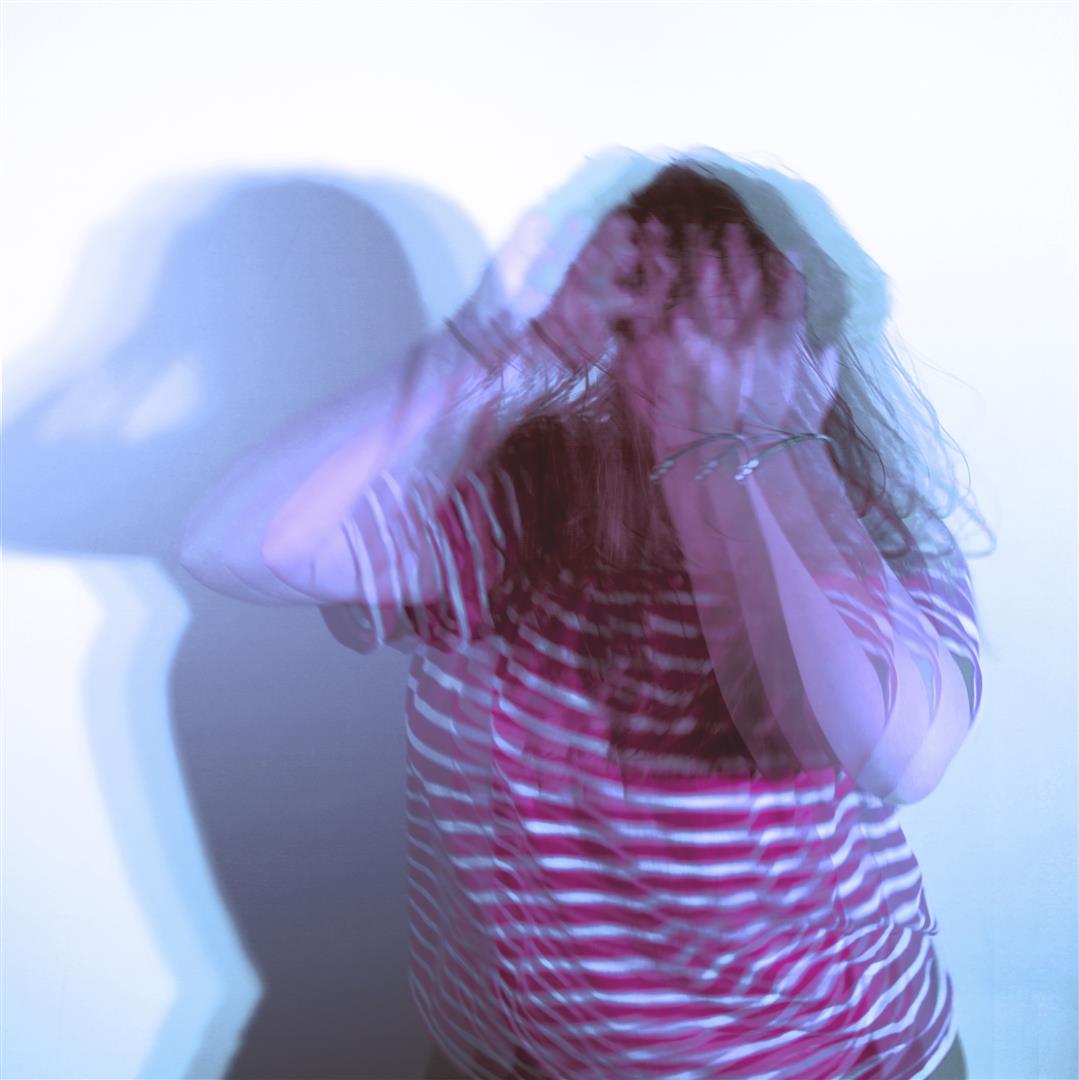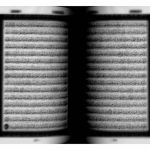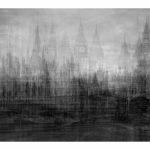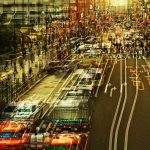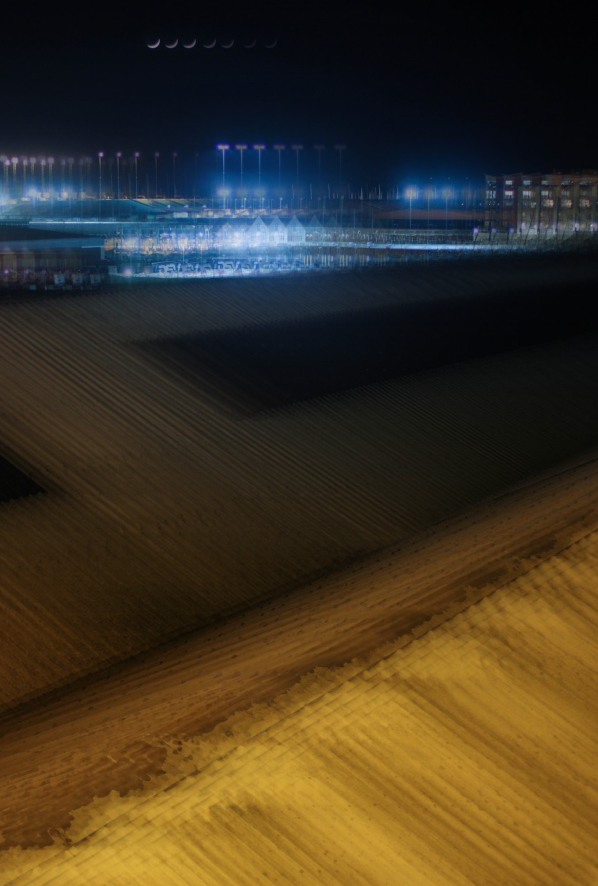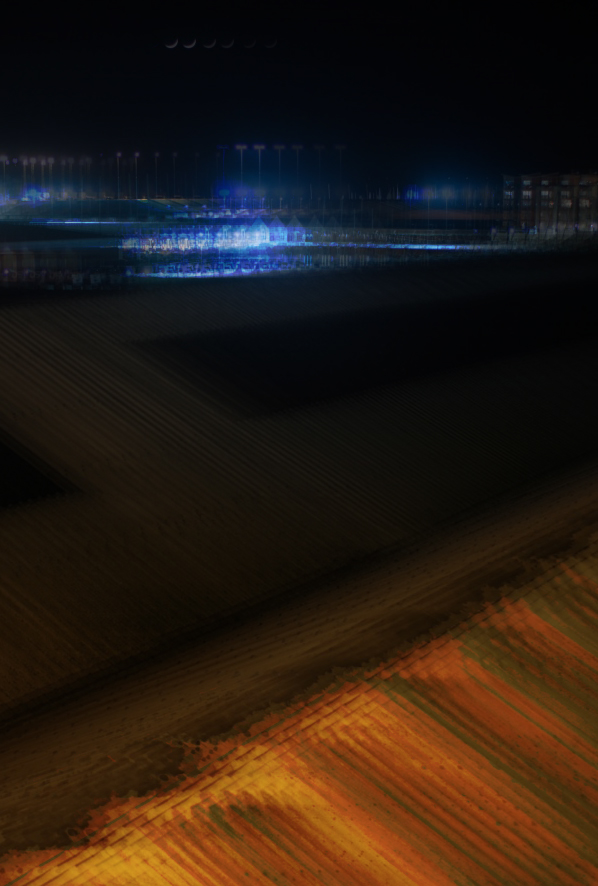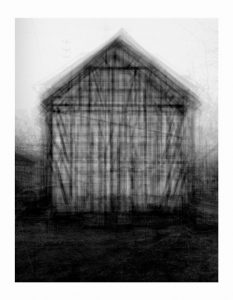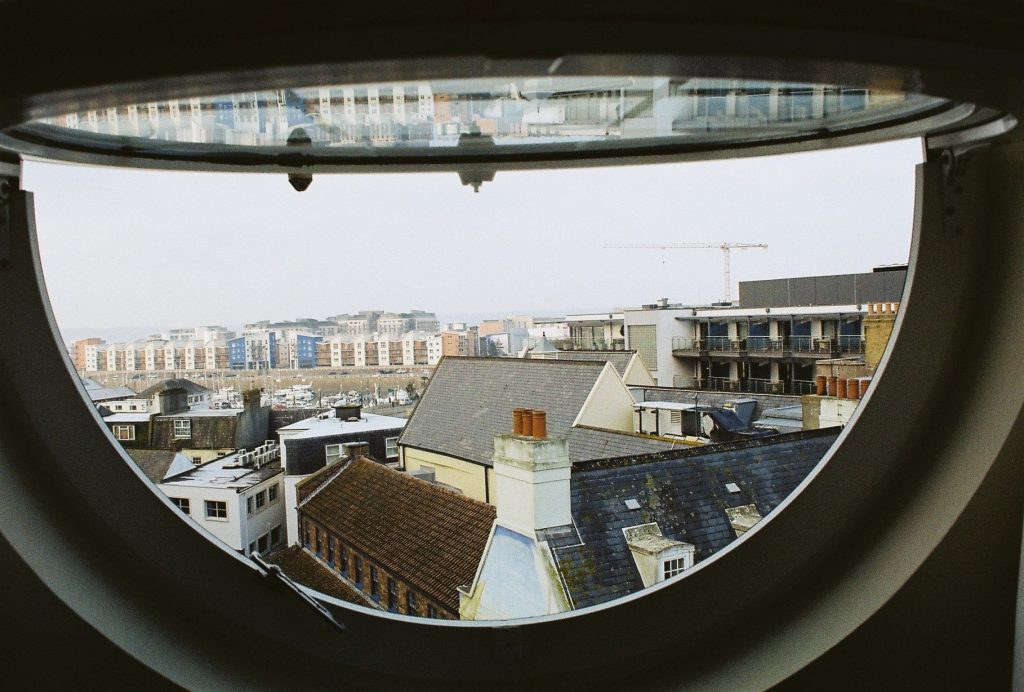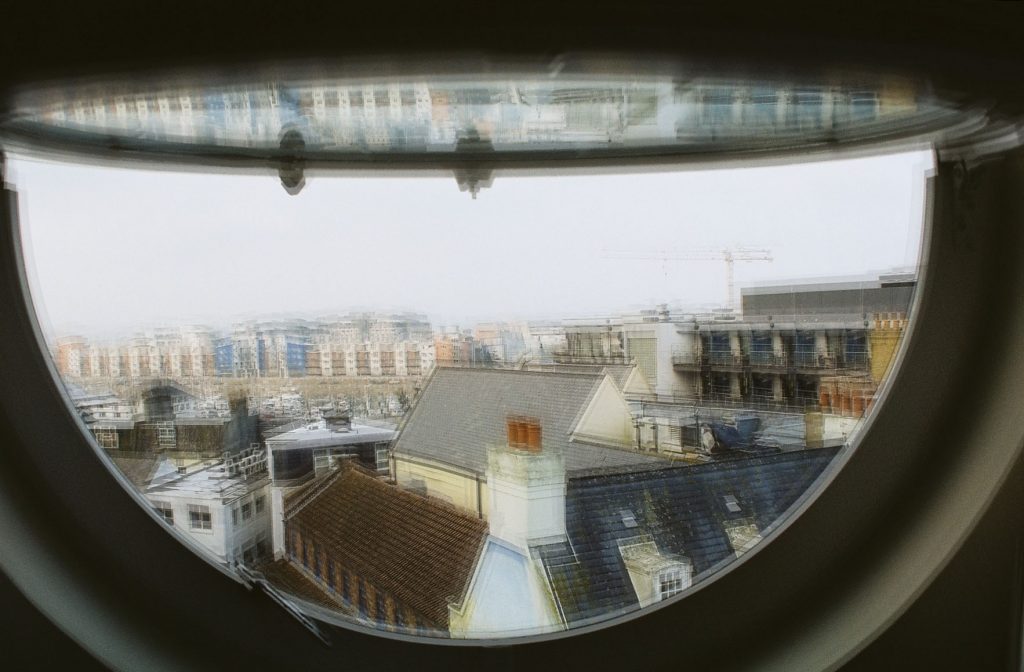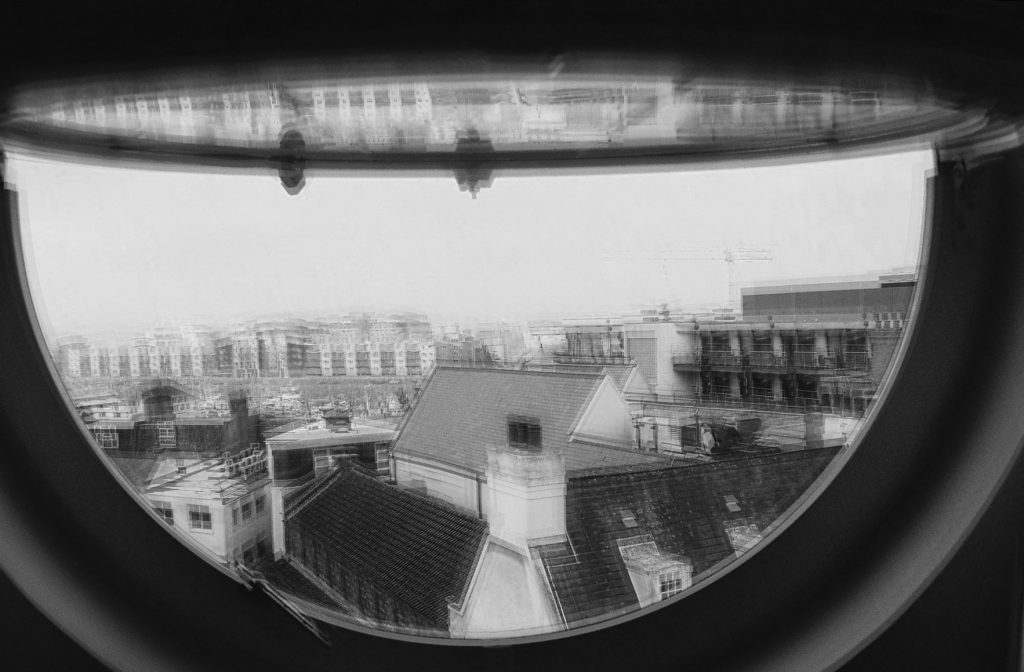After researching the concept of ‘Environmental art’ as a movement I have decided to analyse the work of one specific artist associated with it-Andy Goldsworthy. He is a British sculptor and photographer who was inspired by Robert Smithson and other artists from the 1960s and 1970s.
“I enjoy the freedom of just using my hands and “found” tools–a sharp stone, the quill of a feather, thorns. I take the opportunities each day offers: if it is snowing, I work with snow, at leaf-fall it will be with leaves; a blown-over tree becomes a source of twigs and branches. I stop at a place or pick up a material because I feel that there is something to be discovered. Here is where I can learn.”-Andy Goldsworthy
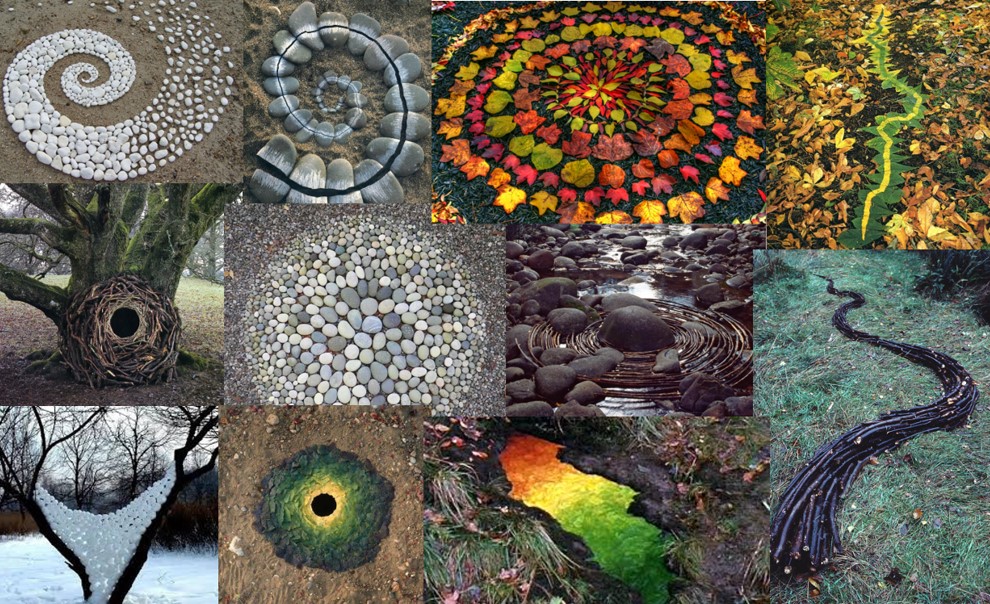
Goldsworthy crafts his artwork out of natural materials such as rocks, ice, or branches. Aware that the landscape will change he documents the resulting interventions with the land and exhibits them through his photographic prints. His art is not constructed with longevity in mind, “It’s not about art, It’s just about life and the need to understand that a lot of things in life do not last”. This shows how crucial a role photography plays in his art as it freezes the moment in time when his art is most alive“Each work grows, stays, decays – integral parts of a cycle which the photograph shows at its heights, marking the moment when the work is most alive. There is an intensity about a work at its peak that I hope is expressed in the image”. His photographs have an indexical relationship to the sculptures that they record and Goldsworthy prefers to use maximum depth of field in his images to focus on the surrounding environments and not always the artworks themselves. He also brackets his exposures, shooting a number of different exposures sequentially as well as normally taking a close-up shot, in which the work is centrally framed, and a shot showing the work in its immediate context.
His work has been criticised by some as being ‘Childish’ and ‘Naive’ and originally he didn’t like his work being labelled this way but since having children himself he says that he has seen ‘how intensely a child looks at things, you really can’t describe that looking as naive. My work is childlike in the sense that I am never satisfied to look at something and say that is just a pond or a tree or whatever. I want to touch it, get under the skin of it somehow, try and work out exactly what it is’.
In his early life Goldsworhty worked on farms as a labourer and he has compared the repetitive quality of farm tasks to the routine of making sculptures and methodically photographing them. He has also said that is is the land around his home that is the most important to him and it’s that landscape that he keeps returning to because it’s the place where he can learn the most about the landscape and his relationship to it.
Goldsworthy’s outdoor,ephemeral artworks are mostly made in private or remote circumstances but they are made ‘public’ through his photographs which are framed for exhibition or published in books. The public’s ability to access and experience Goldsworthy’s sculptures is influenced by the artist’s decision as to which works are printed or published, and by limits of the still photograph in determining how those works are ‘viewed.’

He often only uses found tools or his bare hands for creating the art which relates to the idea of working directly within the land and the tools vary depending on where he is. For example he talks about how he likes using dry slate to draw on other pieces of slate so that it’s not just drawn on but drawn out of the slate.

As well as the deeper meanings of Goldsworthy’s work his art is also visually appealing with his use of colour, shapes and patterns. For example the two images above stood out to me as impressive because they are both similar in appearance but are produced from different materials found in different environments. Similarly both are round in shape with a hole in the middle. This could relate to the idea of the ‘circle of life’ and decay that occurs in nature. The black hole in the centre acts as a focal point and breaks up the appearance of a solid structure. The black hole is a recurring form in his work and to me this has a slightly mysterious quality and creates links to the form and shape of an eye with a dark pupil looking at the viewer. Goldsworthy has said that he began using this after he had been digging in a sand dune and the ceiling collapsed in. When he crawled out it left a small hole in the sand which he thought of as a window into the ground and the material.
The use of colour in the structures above have been created out of different shades of the same material. This process of finding the right stones and leaves as well as separating out the colours would have been time consuming and shows the work and time he has spent on creating these pieces which won’t physically last for very long. The lighter colours in the centres contrast with the dark circles in the middle and progress to the darker border which seem to frame the structures. One of the reasons I was drawn to Goldsworthy’s work in particular was that unlike some Earth artists he doesn’t always interfere hugely with the land using machinery such as diggers to move vast amounts of material for creating wide scale interventions with the land. In the case of these two images he has used materials that are naturally found on the ground and has only created order out of the usual randomness in which they would be placed. This is pleasing to see because of the human desire to see patterns in things and create order to make sense of the world. They challenge the viewer’s perception about the natural and the unnatural.
I haven’t yet decided the exact direction that my project is going to take or how I will combine my ideas. However I am interested in Earth art because it’s a more unusual approach to exploring environments and focusing on the smaller details that make up landscapes. I also like the idea of using techniques that reflect primitive art which could be interesting to explore with the idea of reconnecting to the land etc. I am also intrigued by the unique relationship of photography for recording ephemeral art designs and it also links to the idea of sculpture which is something I haven’t looked at before. I may be able to incorporate these ideas into my wider project but perhaps not too heavily as it could be difficult and time consuming to get good results.





